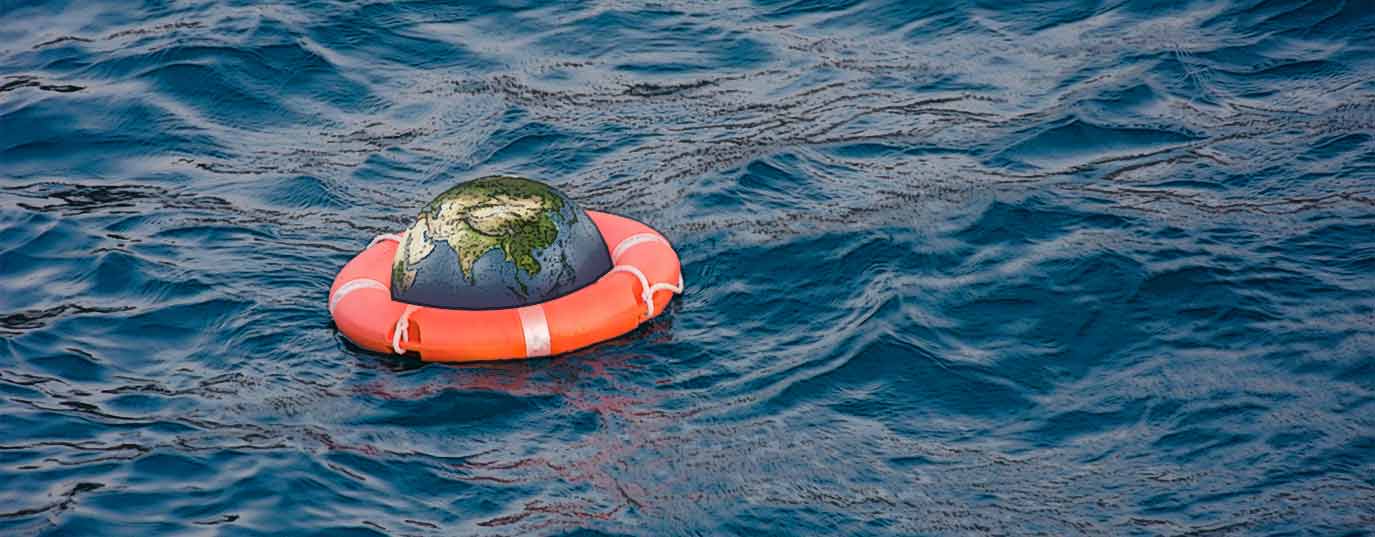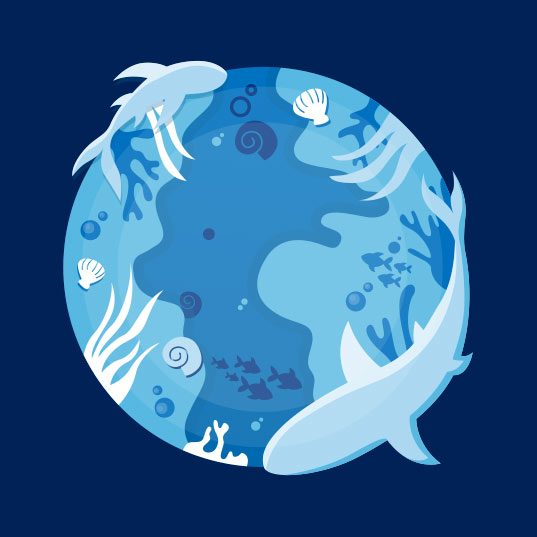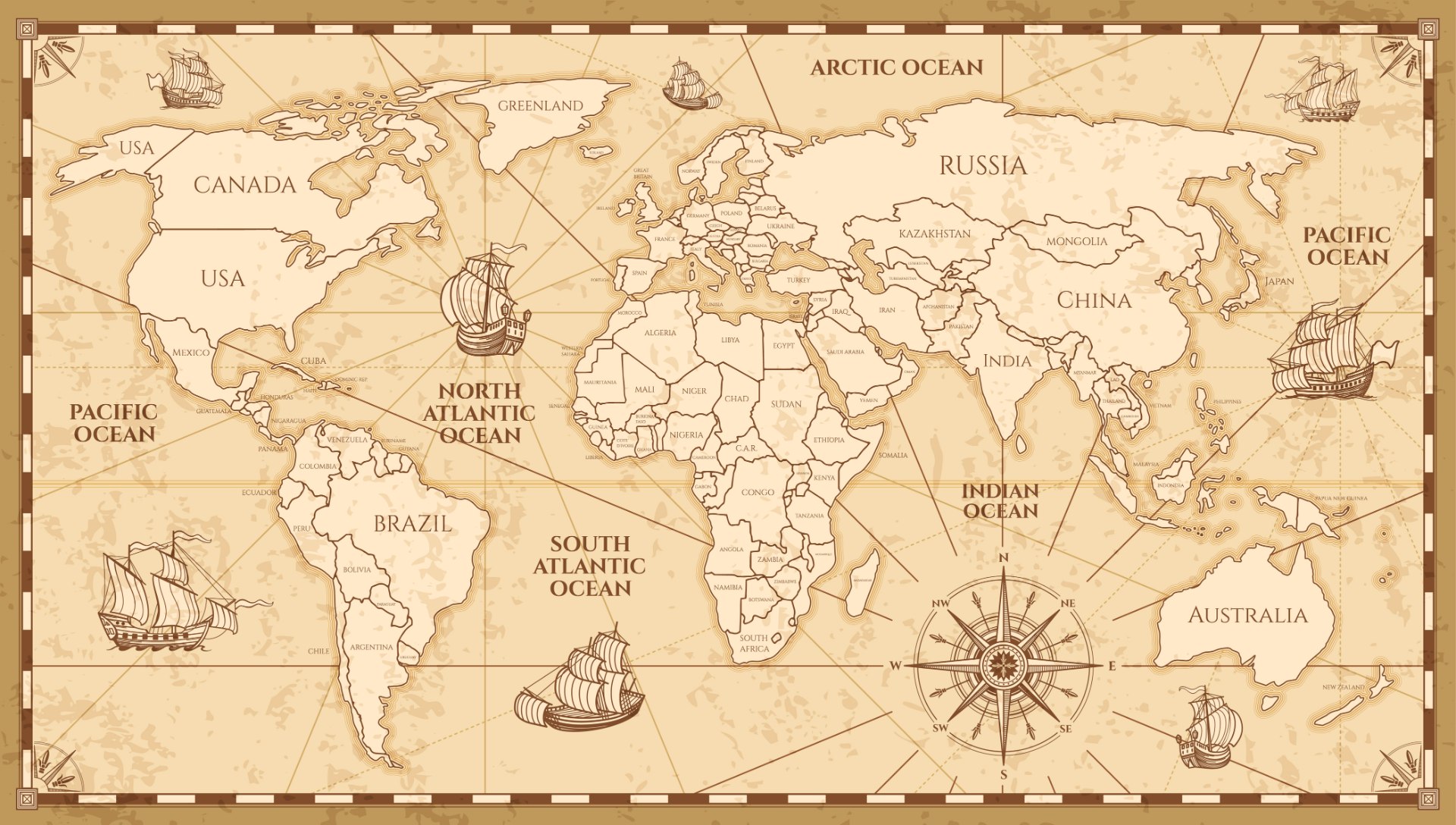The High Seas Treaty, an historic agreement for the planet
The UN strikes an historic deal to safeguard marine life, protecting 30% of the oceans by 2030. Below, why this is such a significant milestone for the planet.
Every country is responsible for caring for and protecting the biodiversity living within its territory - on land and at sea. But what happens to life beyond that? The waters of the high seas, for example? Regions which, until just a few weeks ago, were unprotected but whose situation has changed thanks to an historic pact achieved by the UN at the beginning of March.
The agreement, known as the High Seas Treaty, converts 30% of the oceans into protected zones by 2030, with the aim of safeguarding and recovering marine nature. So what does this Treaty consist of and why is it so important?
What will I learn from this article?
An historic agreement protecting 30% of the oceans
“Ladies and gentlemen, the ship has reached the shore,” declared the Singaporean Ambassador Rena Lee on announcing the agreement to a lengthy, standing ovation in the conference hall. After two decades of work, at last they had achieved it: the UN member states finally agreed a treaty to protect the high seas.
“The High Seas Treaty establishes the legal basis for declaring areas of international ocean to be fully or partially protected”
It represents an historic accord that seeks to preserve international waters situated over 200 sea miles from the coast and which opens the way to protecting at least 30% of oceans by 2030, the minimum scientists consider necessary for their well-being.
The pact is essential to comply with the 30x30 agreement struck by nations at the UN Biodiversity Conference last December. As we explain here, the 30x30 agreement aimed to protect a third of the sea and land by 2030.
The formal adoption of the Treaty, however, will have to wait a while longer, until a group of experts can guarantee the uniformity of terms used in it and translate the document into the UN’s six official languages, as agreed by the participants.
What is the High Seas Treaty based upon?
 Up to a few weeks ago, just 1% of the high seas were protected. But the new Treaty opens up the way to assuring the protection of their aquatic ecosystems and marine populations.
Up to a few weeks ago, just 1% of the high seas were protected. But the new Treaty opens up the way to assuring the protection of their aquatic ecosystems and marine populations.
The extensive high seas, which cover two-thirds of our oceans and coasts, face a series of dilemmas. From pollution to climate change, mineral exploitation of the seabed using new technologies, and increasingly intensive fishing, these waters have been unregulated for far too long.
To assure their future protection, the High Seas Treaty establishes the legal basis for declaring areas of international ocean to be fully or partially protected. The new text aims to establish international jurisdiction over these areas through a conference of the parties pledging resources for marine conservation, managing access to genetic marine resources, placing limits on the fishing sector, and limiting undersea resource exploitation.
Why is the High Seas Treaty so important?
Oceanic ecosystems produce half of the oxygen we breathe, representing 95% of the planet’s biosphere and they absorb carbon dioxide as the world’s largest carbon sink. They are also fundamental for the development of many economies, as the so-called blue economy. Until now, though, the rules governing the high seas have been fragmented and rarely applied, making them more susceptible to exploitation than coastal waters.
Protected regions on the high seas can perform a vital role in tackling the impact of climate change and safeguard the lives, and means of subsistence, of billions of people.
The UN’s High Seas Treaty is a crucial step forward in conserving marine life and biodiversity, essential both for our sustainable development and the generations to come.
Source:



